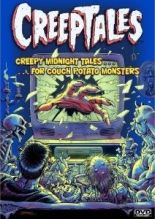
 In this absolutely dreadful, no-budget horror anthology, two seemingly mentally retarded boys try to get to the video store before closing time to rent CreepTales. They don’t, so they raid the grave of Uncle Munger, who was buried with a copy of the fine, fine film. Then they take it home to a house full of monsters to enjoy a viewing. This passes for a wraparound story.
In this absolutely dreadful, no-budget horror anthology, two seemingly mentally retarded boys try to get to the video store before closing time to rent CreepTales. They don’t, so they raid the grave of Uncle Munger, who was buried with a copy of the fine, fine film. Then they take it home to a house full of monsters to enjoy a viewing. This passes for a wraparound story.
The amateurish tales — ranging from an unbearable three minutes to an unbearable 20-plus — begin with “Warped,” in which a young woman goes to visit her crazy cousin (“Oh, Mama, you’re making my gall bladder act up!”) and her even crazier mother. Entering into the story are the screen’s fattest cop in history and an entirely predictable skeleton baby. “Snatcher” — about a killer purse — is notable only for the presence of Tom Kenny, the voice of SpongeBob Squarepants, and the stupid song he sings about his houseboat.
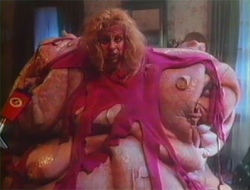 “The Closet” is about a monster in a closet, every bit as original and exciting as its title. “Groovy Ghoulie Garage” is just as stupid as its title would lead you to believe, about a gas station populated by ghosts. “Howling Nightmare” is about a werewolf, “Sucker” is about a unique vacuum cleaner, and the entire film itself is about 88 minutes too long.
“The Closet” is about a monster in a closet, every bit as original and exciting as its title. “Groovy Ghoulie Garage” is just as stupid as its title would lead you to believe, about a gas station populated by ghosts. “Howling Nightmare” is about a werewolf, “Sucker” is about a unique vacuum cleaner, and the entire film itself is about 88 minutes too long.
The aforementioned creatures watching the films within the film pop up between segments for alleged comic relief, shown eating popcorn (with rats in it, ho-ho!) and ordering pizza (and not paying, hee-hee!). You don’t need to sit through all six stories to realize you will hate yourself for watching this. —Rod Lott

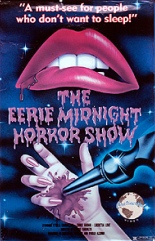
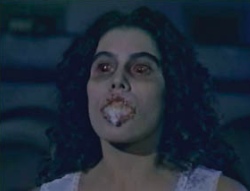
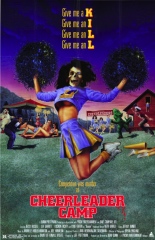
 Chances are, however, you’re going to watch Cheerleader Camp anyway, since it features what has to be one of the most intriguing exploitation casts the period ever produced. Where else are you going to find a balding ’70s teen idol has-been (
Chances are, however, you’re going to watch Cheerleader Camp anyway, since it features what has to be one of the most intriguing exploitation casts the period ever produced. Where else are you going to find a balding ’70s teen idol has-been (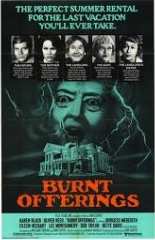
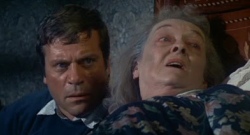 Not only do they not run, but Mrs. Rolf does what she’s warned not to do: entering the coot’s room. After doing so, she starts acting all weird. Her hubby also starts exhibiting strange behavior — well, if attempting to drown your own kid counts. (Is it? I can’t keep track of things like “laws.”)
Not only do they not run, but Mrs. Rolf does what she’s warned not to do: entering the coot’s room. After doing so, she starts acting all weird. Her hubby also starts exhibiting strange behavior — well, if attempting to drown your own kid counts. (Is it? I can’t keep track of things like “laws.”)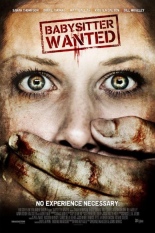
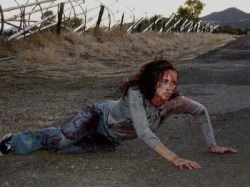 Everything goes well until the some big, bald man with scars all over his face tries to bust his way inside, recalling — how could it not? — John Carpenter’s
Everything goes well until the some big, bald man with scars all over his face tries to bust his way inside, recalling — how could it not? — John Carpenter’s